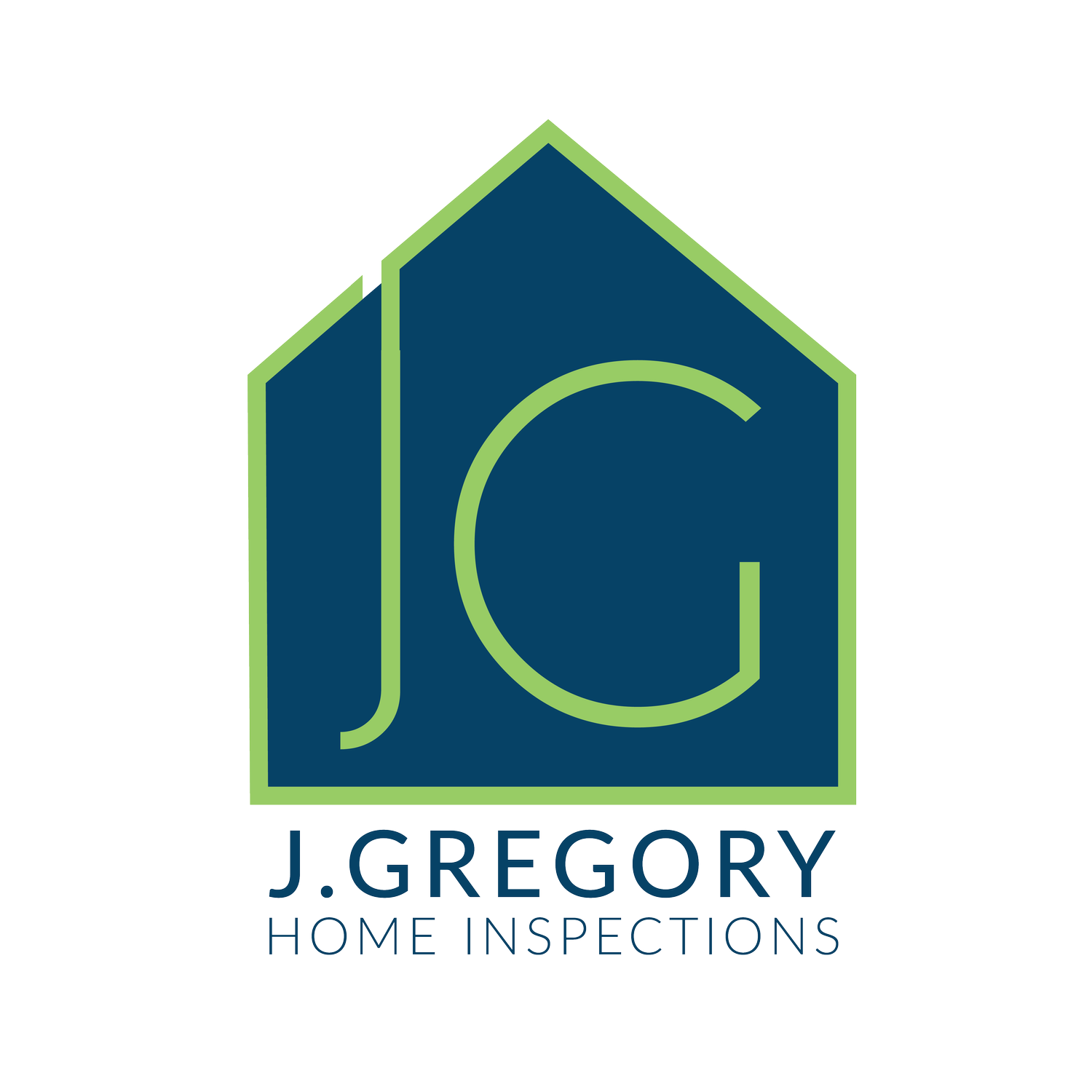Unraveling the Truth Behind Aluminum Wiring: A Comprehensive Home Inspection
When it comes to purchasing a home or ensuring the safety of your current residence, one crucial aspect that often flies under the radar is the type of wiring installed. While copper wiring has long been the standard choice due to its reliability and conductivity, some homes, particularly those built or renovated during the 1960s and 1970s, may feature aluminum wiring. While aluminum wiring was once deemed a cost-effective alternative to copper, it has since been associated with potential safety hazards. In this comprehensive home inspection guide, we'll delve into the intricacies of aluminum wiring, its associated risks, and what homeowners can do to mitigate them.
Understanding Aluminum Wiring:
Aluminum wiring gained popularity in the mid-20th century as a cheaper alternative to copper. It was widely used in residential properties, particularly during the housing boom of the 1960s and 1970s. However, over time, its drawbacks became evident, leading to a decline in its usage.
Potential Risks Associated with Aluminum Wiring:
One of the primary concerns with aluminum wiring is its tendency to expand and contract with temperature fluctuations. This can result in loose connections at outlets, switches, and light fixtures, leading to overheating and, in some cases, fire hazards.
Moreover, aluminum is more susceptible to oxidation compared to copper. When exposed to air, aluminum forms a layer of oxide, which can increase electrical resistance and cause overheating. This phenomenon, known as "aluminum wiring oxidation," poses a significant risk if left unaddressed.
Identifying Aluminum Wiring:
During a home inspection, identifying aluminum wiring involves more than just a visual examination. Since aluminum wiring is typically hidden behind walls and ceilings, it may not be immediately visible to the naked eye. However, there are several indicators that suggest the presence of aluminum wiring:
Age of the Property: Homes built or renovated between the 1960s and 1970s are more likely to contain aluminum wiring.
Labeling: In some cases, electrical panels or wiring may be labeled to indicate the presence of aluminum wiring. However, this isn't always reliable, as labels may have worn off over time.
Appearance: Aluminum wiring is typically silver or gray in color, as opposed to the copper's distinctive reddish hue. However, this method alone is not foolproof, as aluminum wiring may have been painted or coated to resemble copper.
Mitigating the Risks of Aluminum Wiring:
While aluminum wiring poses inherent risks, homeowners can take proactive measures to mitigate these dangers:
Regular Inspections: Schedule regular electrical inspections conducted by a qualified electrician to check for signs of overheating, loose connections, and other issues associated with aluminum wiring.
Aluminum Wiring Retrofit: One effective solution is to retrofit the existing aluminum wiring with copper pigtails. This involves connecting short sections of copper wire to the ends of aluminum wires using special connectors known as COPALUM or AlumiConn connectors.
Avoid DIY Repairs: Attempting to repair or modify aluminum wiring without the necessary expertise can exacerbate the risks. Always enlist the services of a licensed electrician for any electrical work involving aluminum wiring.
Upgrade Electrical Outlets: Replace standard electrical outlets and switches with those specifically designed for use with aluminum wiring. These devices are equipped with anti-oxidation features to minimize the risk of corrosion.
Enhanced Electrical Connections: Ensure that all electrical connections are properly tightened and secured to minimize the risk of overheating.
While aluminum wiring may have been a popular choice in the past, its associated risks cannot be overlooked. Homeowners should prioritize the safety of their families and properties by conducting thorough inspections and implementing appropriate measures to mitigate the hazards associated with aluminum wiring. By staying informed and proactive, homeowners can enjoy peace of mind knowing that their electrical systems are safe and reliable.

